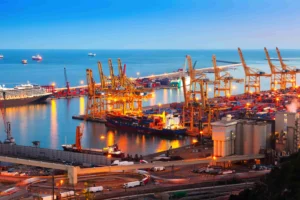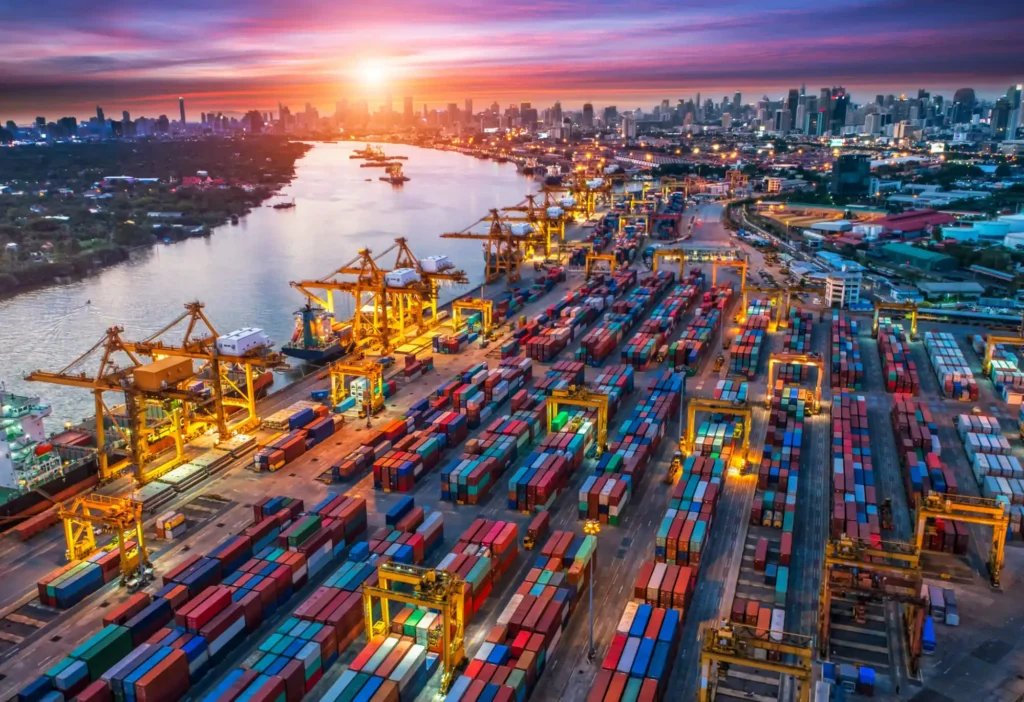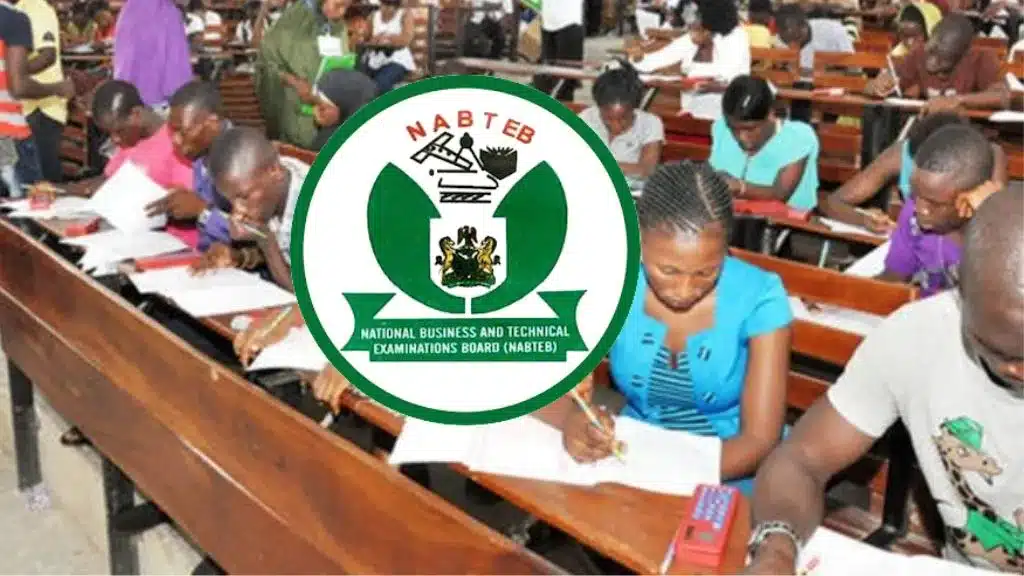The Nigerian federal government formally endorsed the $3.5 billion Bakassi Deep Seaport initiative, signaling a high-priority infrastructure agenda. The approval involves major agencies—from the marine and blue economy ministry to port regulators, customs, ports authority, and the navy—creating a unified institutional framework that streamlines oversight and execution.
Investor-Led Model Strengthens Financing Structure
Rather than raising public debt, Cross River State will implement the port through a public-private partnership financed by private investors in coordination with Afreximbank. As lead arranger, the bank will structure the entire capital plan—including construction financing and technical assistance—while the state handles preparatory surveys and environmental compliance.
Multi-Stakeholder Support and Private Sector Ownership
Cross River State assembled a task force that includes technical consultants, maritime agencies, the navy, customs, and industrial platform partners. After thorough engagement, the state approved the formation of a Special Purpose Vehicle—Bakassi Deep Seaport Ltd.—with a majority stake (80%) held by investor partner ARISE IIP Ltd, while the state retains 20% ownership. The shareholder agreement defines roles, funding priorities, community relations, and workforce training.

Project Design: Port and Inland Corridor
The seaport aims to serve large post-Panamax vessels handling containers, bulk cargo, oil and gas logistics, and export staples like cocoa, palm oil, timber, and livestock. A planned 217‑kilometer superhighway will link the port to northern logistics corridors, enabling cargo movement inland and reducing traffic at existing densely used ports. This road also connects regional agricultural zones to global trade outlets.
Expected Advantages: Jobs, Exports, and Exchange Earnings
Stakeholders expect the initiative to boost agricultural exports, generate thousands of jobs, and diversify Nigeria’s foreign exchange base beyond oil. The port is positioned to become a hub for West and Central African logistics, offering an efficient alternative to congested ports in Lagos and the Niger Delta.
Project Timeline and Pre-Construction Phase
After initiating surveys in late 2024—including marine hydrographic and environmental studies—the project is now transitioning into final design and regulatory approvals. Full-scale construction is poised to begin once technical feasibility is confirmed and capital funding is fully marshaled.
Addressing Systemic Challenges
Existing Nigerian ports face overcapacity, delays, and bottlenecks. Bakassi’s emergence alleviates these pressures and enhances resilience in national trade infrastructure. It also supports the Blue Economy agenda by expanding maritime trade opportunities outside the traditional coastal chokepoints.
Community Investment and Skill Development
Community stakeholders will benefit from training programs (including overseas internships) in logistics and operations. Infrastructure improvements—such as local road upgrades and sustainable power integration—will accompany port development, ensuring local value generation beyond construction.
Broader Regional Impact
Upon completion, the port will serve both domestic and regional markets, including landlocked neighbors. The inland transport link transforms Nigeria into a transit hub, tying agricultural and industrial value chains across borders. This aligns with broader continental infrastructure initiatives for economic integration.
Governance, Risk Oversight, and Sustainability
With Afreximbank guiding financial structuring, the project benefits from internationally-aligned governance. Risk-stage planning, contract clarity, and environmental safeguards are built into the SPV’s operating model. Vigilance will be necessary to prevent asset sabotage, ensure regulatory consistency, and monitor performance.
Looking Ahead: Execution and Legacy
Construction is slated to begin in 2025, supported by investor financing and institutional coordination. Once operational, the Bakassi Deep Seaport will position Nigeria as a maritime and export powerhouse. It represents a model of high-impact infrastructure led by private capital and anchored in regional ambition.
Conclusion
The Federal Government’s and Afreximbank’s backing of the $3.5 billion Bakassi Deep Seaport marks a watershed for Nigeria’s maritime prospects. With strategic positioning, integrated planning, and investor-led financing, the project offers a credible pathway to national export expansion, employment, and economic diversification. It sets the stage for Nigeria to emerge as a logistical gateway in West and Central Africa.






